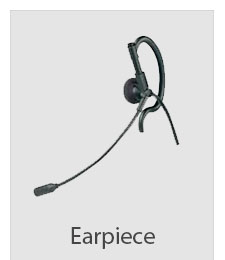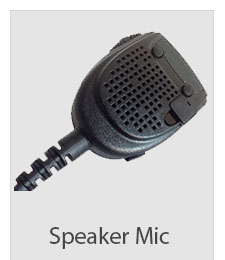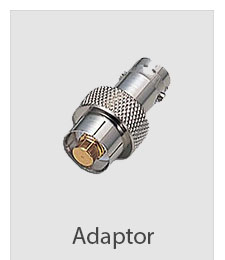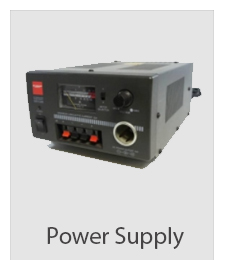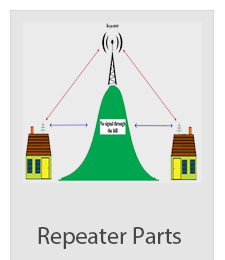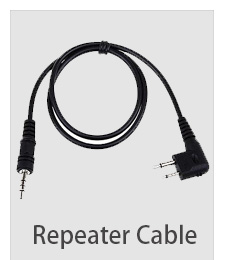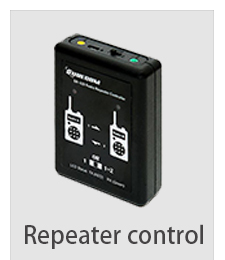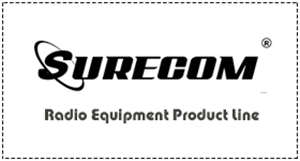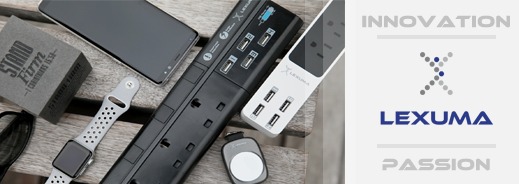Two-way radio frequencies
Two-way radios can operate on many different frequencies, and these frequencies are assigned differently in different countries. Typically channelized operations are used, so that operators need not tune equipment to a particular frequency but instead can use one or more pre-selected frequencies, easily chosen by a dial, a pushbutton or other means. For example, in the United States, there is a block of 5 channels (pre-selected radio frequencies) are allocated to the Multiple Use Radio System. A different block of 22 channels are assigned, collectively, to the General Mobile Radio Service and Family Radio Service. The Citizens Radio Service (""CB"") has 40 channels.
In an analog, conventional system, (the simplest type of system) a frequency or channel serves as a physical medium or link carrying communicated information. The performance of a radio system is partly dependent on the characteristics of frequency band used. The selection of a frequency for a two-way radio system is affected, in part, by:
- government licensing and regulations.
- local congestion or availability of frequencies.
- terrain, since radio signals travel differently in forests and urban viewsheds.
- the presence of noise, interference, or intermodulation.
- sky wave interference below 50-60 MHz and tropospheric bending at VHF.
- in the US, some frequencies require approval of a frequency coordination committee.
A channel number is just a shorthand notation for a frequency. It is, for instance, easier to remember "Channel 1" than to remember "26.965 MHz" (US CB Channel 1) or "462.5625 MHz" (FRS/GMRS channel 1), or "156.05 MHz" (Marine channel 1). It is necessary to identify which radio service is under discussion when specifying a frequency by its channel number. Organizations, such as electric power utilities or police departments, may have several assigned frequencies in use with arbitrarily assigned channel numbers. For example, one police department's "Channel 1" might be known to another department as "Channel 3" or may not even be available. Public service agencies have an interest in maintaining some common frequencies for inter-area or inter-service coordination in emergencies (modern term: interoperability).
Each country allocates radio frequencies to different two-way services, in accordance with international agreements. In the United States some examples of two-way services are:Citizen's Band, FRS, GMRS, MURS, and BRS.
Amateur radio operators nearly always use frequencies rather than channel numbers, since there is no regulatory or operating requirement for fixed channels in this context. Even amateur radio equipment will have "memory" features to allow rapidly setting the transmitter and receiver to favorite frequencies.
https://www.409shop.com/shop.php
Telecommunications Knowledge
|






